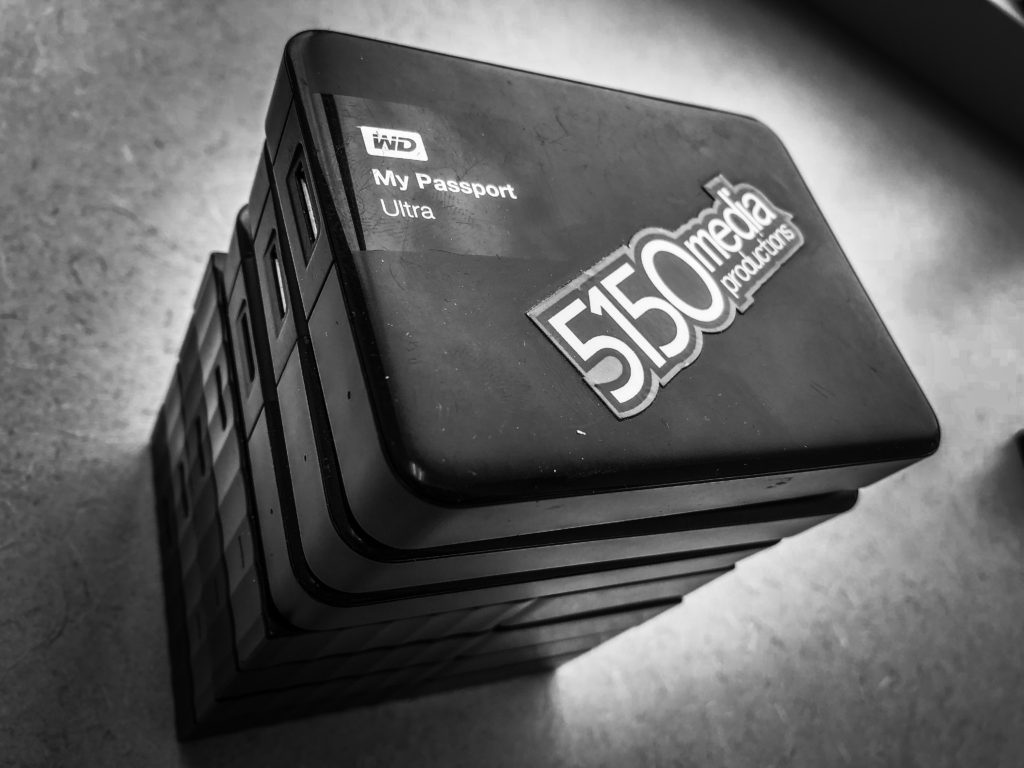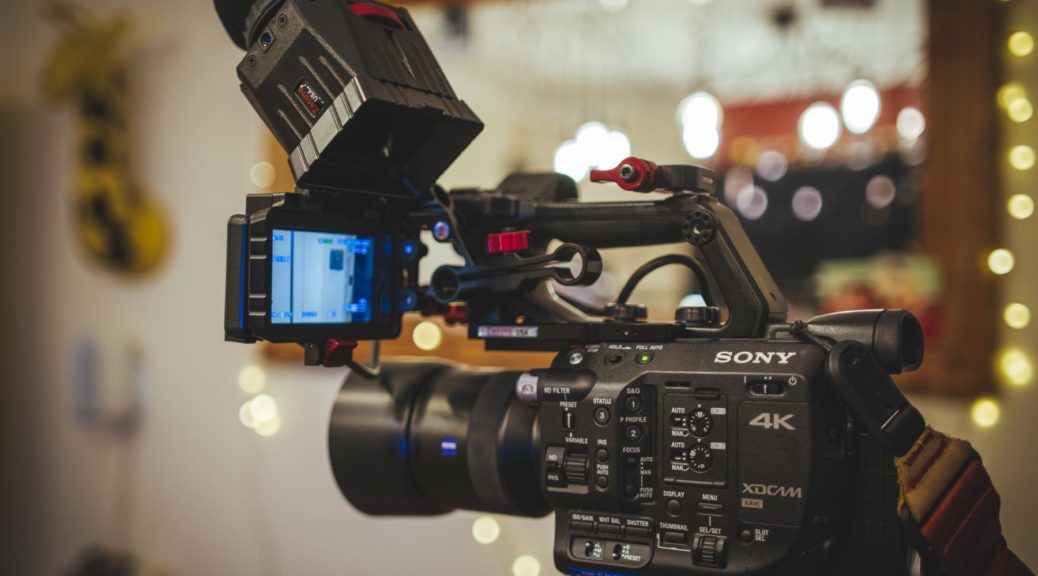Someone recently asked me if I film in 4K. My answer was “nyes“. That’s right. “Nyes“.
First of all, I feel that if you have the media available to you (both on location and back at your home base), you should shoot as much of your production on 4K as possible (if not all of it). For my client work, unless they specify otherwise, I shoot exclusively in 4K. I usually go a step even further and shoot in RAW. If I could shoot beyond 4K I would; but I currently I film on the SONY FS7 & FS700 and I just don’t have the budget to shoot on RED. Yet.
As many of you know, I do a lot of run-and-gun work on my various Documentary projects. And yes, I shoot parts of my various series in 4K; but the bulk of the footage is still 2K. As the name would suggest, Run-and-gun usually means that I pack as light as I can. A 256GB XQD Card for my FS7 will only hold about 45 minutes of 4K footage. 4K Raw will require approximately 1TB for roughly 18-20 minutes of footage. Shooting exclusively in these resolutions means I would have to bring a stack of removable Hard-Drives with me. Not overly appealing.

According to my metrics, over half of my traffic coming to my YouTube Channel is from Mobile devices. In-fact, only 24% of the views are actually watched on a TV, and I rather doubt anyone watching one of my films on an iPhone or a computer screen will notice if it’s presented in 2K or 4K. Thus, I deliver it in 2K, so filming in 4K doesn’t really get me anything in the here and now. With each shoot I am shooting more and more in 4K.
There are of course a few instances where always shoot in 4K. If you’re like me and are delivering in 2K here are some “best practice” I have adopted around shooting 4K:
Interviews
I tend to shoot all my interviews in 4K. If you have limited media on your shoot you can shoot what I call a “Formal Interviews”. in 4K and the “Drive-By” interviews in 2K. If my terminology has you confused, I have two classifications of Interview:
- Formal Interview: No, this does not require a tuxedo. This is a planned interview where the setting is completely controlled. Time is allocated for set decoration, blocking/framing, rehearsal, etc.
- Drive-By Interview: This is a completely random interview that happens in the heat of the moment. These have virtually no setup time for blocking/framing of the shot etc. Basically, this style interview is the polar opposite of the Formal Interview.
A great Example of this was the opening interview with Howie in my “Pros & Cons” doc. When I shot it, I had Howie basically in the middle of the screen; but because it’s a 4K shot and I delivered in 2K, I was able to zoom and position Howie into an appropriate quadrant on the screen without any loss in quality.
“Bayhem”
Only the most astute film folk will know what “Bayhem” actually is. As far as big-budget Hollywood films go, it could very well be the worst thing that has ever existed. Here is a great YouTube Video describing exactly what it is:
For documentary work though; I think Michael Bay’s style is absolutely AWESOME! For the work I do on “Come Drive With Us” and a significant amount of my commercial work, I admit it…I truly love using the Circular Camera move There are three criteria to successfully pull off this shot.
- The shot needs to be a bit telephoto. I don’t use anything less than a 50mm lens for this shot. Optimal would be a 105mm.
- It needs to be smooooooooth.
- High Frame-Rates are advantageous to sell the shot.
Given the first two criteria, I always try use my DJI Ronin for this shot. The Ronin, is essentially the poor-man’s Steadicam™. By using tilt sensors, and a 3-axis Gyroscope, the Ronin electronically stabilizes the camera. I can do pretty much anything, within reason, and my Camera will remain steady.

But sometimes, I see a perfect opportunity present itself and I don’t have time to run to the media center to grab my Ronin setup. What I do in these situations is I switch over to 4K and shoot it free-hand. I do my best to be smooth, but the footage inevitably comes out a bit rough. While criteria #1 indicates a zoom factor, I do back this off a bit. Remember, that this is only a usable technique if your source resolution is higher than your delivery resolution.
The next step is usually something that is frowned upon by the community, but because my source image is larger than my delivery target, 99% of the reasons NOT to use this technique get thrown out of the window. I use WARP STABILIZE! Gasp!
Warp Stabilize will digitally steady the shot. It does this by cropping and adjusting the XYZ axis of the shot to compensate for camera movement. Last year I traveled to Xiamen China to film at the World Championship of R/C. I decided to travel a bit lighter than usual (plus insurance was insane), so I left the Ronin at home. Here is an example the “Bayhem” circular shot I did completely free-hand:
Again, this shot was a free-hand performed with no mechanical stabilization at all. If I had the option to go grab my Odyssey 7Q+ equipped FS700 that is always attached to my Ronin, I will do so. Mechanical stabilization is infinitely superior every single time. But if I don’t have that opportunity, this is a perfectly acceptable alternative.
When I need a bigger lens
Sometimes I just need more zoom. In “Come Drive With Us” when I am filming a Nitro Powered Car from an elevated position, it’s nice to have the option of zooming in even more if I need to. This also lets me be a bit less aggressive with the zoom factor thus keeping the depth of field a bit wider. A good example of this is this short clip from “Come Drive With Us – SikCross”.
Following these little cars can be tricky, and with a high zoom factor, it’s pretty easy to loose track of the Buggy being followed. So I put a mild lens on the camera; no more than a 105 and I will do any required “Zooming” in post…with no loss in quality.
I have previously stated that I do have RED envy; I would love nothing more than to have the ability at shooting at 4K (or higher) with virtually any frame-rate at my disposal. But for right now, I’m a budget Filmmaker and I’m committed to the SONY platforms. These techniques have helped me increase the quality of my product. I hope that some of these techniques help other budget Filmmakers out there until they take the leap into more Cinematic quality cameras…like RED.
DANG. I NEED A RED!!!
